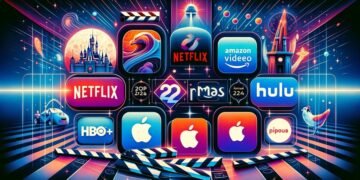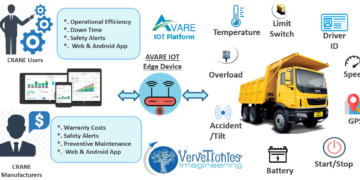Mostly because we’re still in it, it’s a challenge to assess the breadth of disruption the pandemic has caused. Between an uncertain economy and sporadic lockdowns, the workplace, and thus the employee experience, has been turned on its head. What is certain, though, is that organizations are increasingly reliant upon digitalization, agility, and remote working.
But thriving in this new environment is more nuanced than simply providing employees with a new desk and computer. In this tight labor market, in which you still must attract and retain employees while keeping an eye on costs, an overarching, multifaceted strategy is necessary. Keep reading for what you should know about designing remote employee experiences.
What is Meant by Employee Experience?
Boiled down, the employee experience captures what individuals perceive, view, and encounter during their tenure at an organization.
Why is the Employee Experience Important?
There are many reasons, but in the main, a great employee experience results in increased productivity, which positively affects your bottom line. Looked at another way, the economic burden of disengaged employees in the United States is as much as $550 billion annually.
A superior employee experience also decreases absences, improves recruitment and retention, and increases creativity. See this quote from the book, The Happiness Advantage: “Only 25 percent of job success is based upon IQ. Seventy-five percent is about how your brain believes your behavior matters, connects to other people, and manages stress.”
It should also be noted that a nice pay and benefits package is no longer the end all, be all, in terms of luring employees and getting them to stay. Even before COVID-19, employees had begun to require other rewards, such as “flex time” and, yes, remote work. This has all been part of the now accelerated HR transformation.
Designing Remote Employee Experiences
There are things you should focus on when designing the employee experience in the remote work era, according to MIT Management. Those include:
— Moving from survival to redesign. Many organizations have spent the brunt of the pandemic in crisis mode of sorts, essentially just trying to keep the boat, and everyone in it, afloat. Now that we’re two years in, companies can begin reimagining the employee experience — learning what remote workers need to thrive. This will require a lot of listening.
— Shifting from “saviors” to processes and systems. Instead of depending on your people to constantly go the extra mile to find ways to deliver, put processes and systems, including digitization, in place that can consistently deliver for clients, and can remedy more complicated issues. Since employees are working from home, this technological edge is timely.
— Putting yourself in your employees’ shoes. Remote work is a big adjustment as it is; the last thing employees need are leaders who aren’t empathetic. The workplace dynamic has changed. While you want the culture to be as “normal” as possible, it’s unproductive to pretend nothing’s changed. Perhaps you can schedule regular leadership check-ins and conduct more frequent employee surveys.
— Creating teams. Remote workers feel more involved, more connected, and are more engaged if you put them on relatively small teams with specific goals. Perhaps you can have team members periodically report on their work directly to management.
Designing remote employee experiences requires a long view of your workforce and your organization. It also requires outside help. The consultant Mercer has what it takes to get out in front of what is an evolving situation, one in which at least a portion of your workforce, if not a majority, will continue to work remotely. And these employees’ experiences matter, if you want to effectively recruit and retain, that is. Leave it to experts to help you, which will free you to focus on your core business.






























































